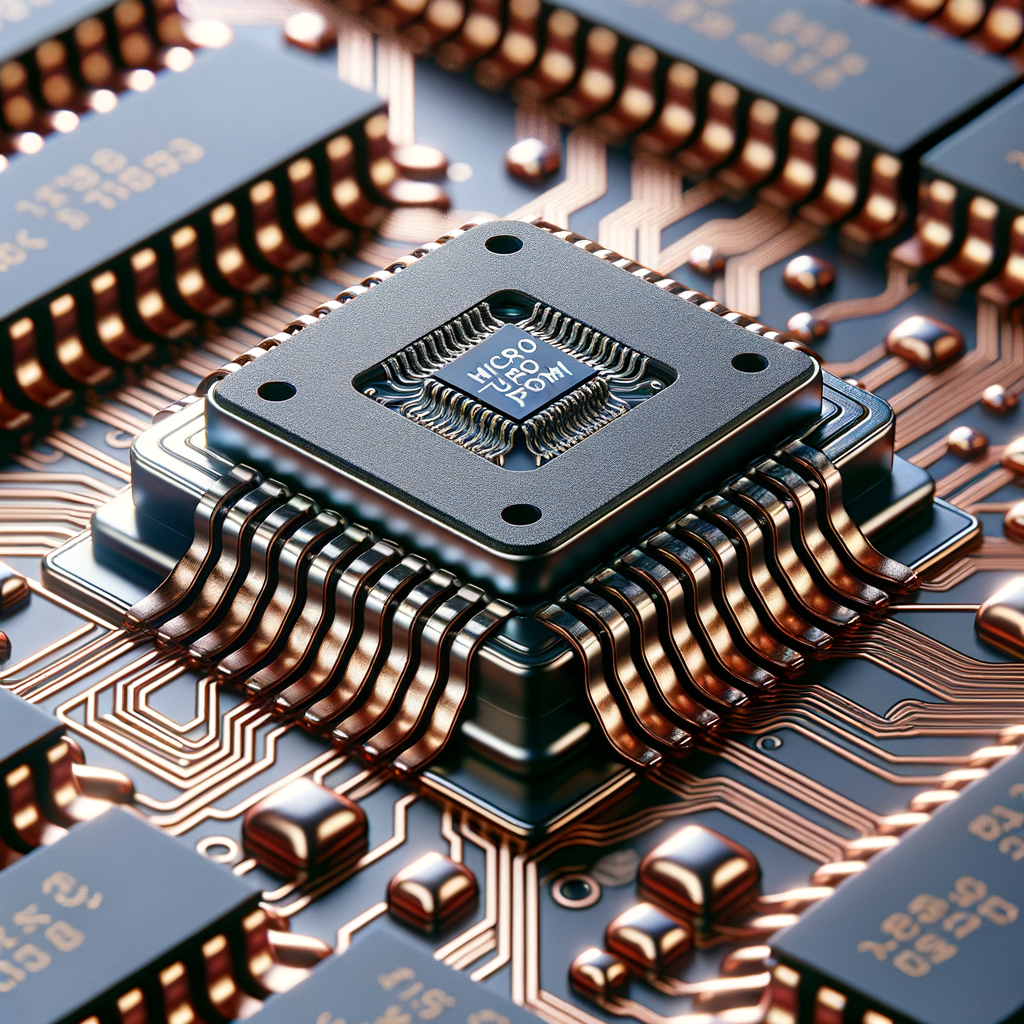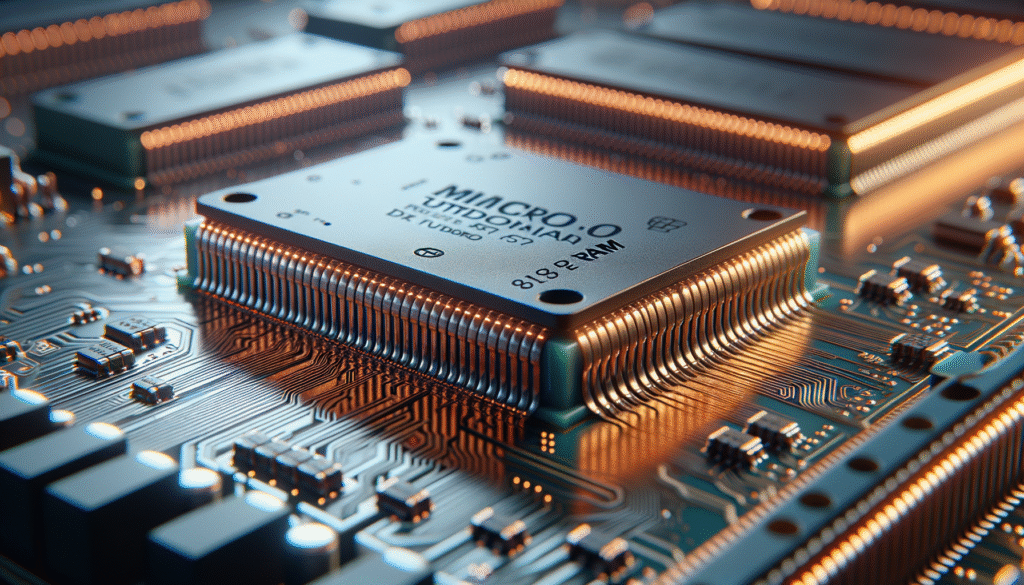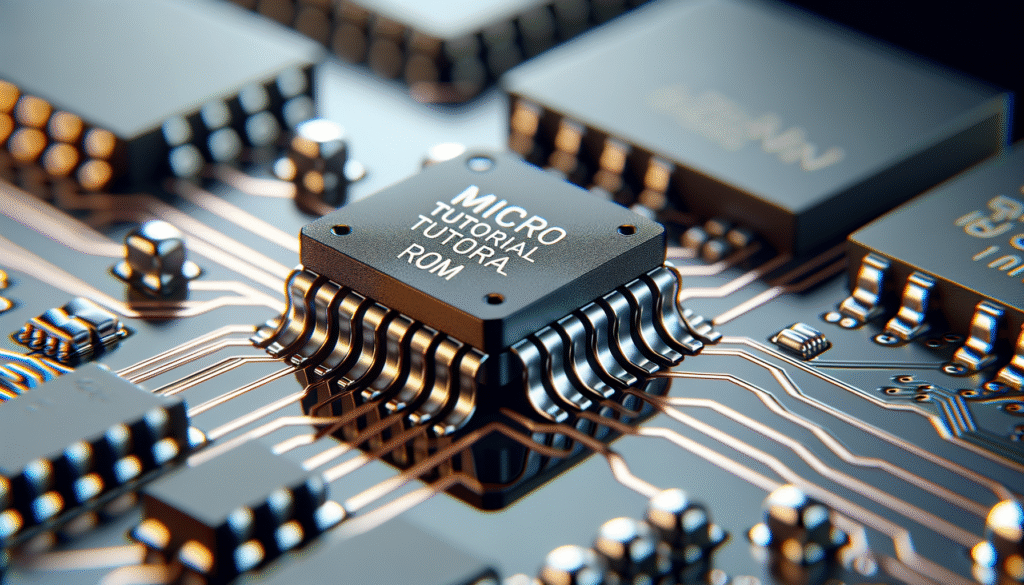Practical Introduction
When I started working on my first electronics project, I came across an EPROM chip on an old board. I was intrigued by its ability to retain data even without power and how it could be reprogrammed. Since then, I’ve learned a lot about its operation and usefulness.
What It’s Used For and How It Works
EPROM, or Electrically Programmable Read-Only Memory, is a type of non-volatile memory used to store code and data in electronic devices. Unlike RAM, which loses its contents when powered off, EPROM retains information even without power. This makes it ideal for applications where firmware needs to be updated, but not frequently enough to justify the use of more expensive memory.
EPROM operates through a process involving programming and erasing. Initially, it is programmed using a high voltage source that alters the state of the transistors within the chip, allowing data to be written. To erase the EPROM, it is exposed to ultraviolet light, restoring all transistors to their original state. This writing and erasing process can be repeated, although there are limitations on the number of cycles the chip can support.
EPROM is also used in microcontroller applications, embedded systems, and in equipment where the firmware needs to be updated, such as in some older video game systems and computers. Although it has largely been replaced by more modern technologies like EEPROM and flash memory, it remains relevant in certain contexts.
Key Parameters
| Parameter | Typical Value |
|---|---|
| Capacity | 256 Kbit – 4 Mbit |
| Programming time | 10 – 30 minutes |
| Write cycles | 100 – 1000 times |
| Access time | 100 – 200 ns |
| Erase voltage | 12 – 15 V |
Specific Use Case
Imagine you’re developing a home automation project and need to store the firmware for a controller. Using an EPROM can be an excellent solution. This chip allows you to write the firmware, and if you need to make updates, you can reprogram it, although you will have to erase all the content first. This is ideal if the firmware does not need frequent updates, as EPROM is more economical compared to other memory options.
For example, in an old vending machine that used a microcontroller, an EPROM chip was used to store the operating instructions. When the manufacturer needed to update the software, they simply programmed a new EPROM chip and replaced it. Although this process is a bit more labor-intensive than using flash memory, EPROM offers durability and stability that are highly valued in specific applications.
Common Mistakes and How to Avoid Them
- Not properly erasing the EPROM: Make sure to follow the instructions for erasing, especially the time and intensity of the UV light.
- Using incorrect voltage during programming: Verify that the programming voltage is within the recommended range to avoid damaging the chip.
- Forgetting the number of write cycles: Keep the writing cycle limit in mind to avoid prematurely wearing out the EPROM.
- Not verifying the content after programming: Always perform a post-programming verification to ensure that the data was written correctly.
- Not using a suitable adapter: When programming, ensure that the adapter or programmer is compatible with the type of EPROM you are using.
Conclusion + Call to Action
EPROM is a valuable tool in the field of electronics, especially for applications requiring firmware storage. Although it has been surpassed in many respects by more modern technologies, it remains a reliable and economical option in certain contexts. If you’re working on projects that could benefit from this technology, I encourage you to experiment with EPROM chips and discover how they can enhance your designs.
More information at electronicsengineering.blog
Quick Quiz
Question 1: What does EPROM stand for?
Question 2: What is a key characteristic of EPROM?
Question 3: How is EPROM erased?
Question 4: What is the typical programming time for EPROM?
External sources
- Guía definitiva de programadores EPROM para microprocesadores
- EPROM: La guía definitiva
- EPROM y EEPROM | Next.gr Electronics



